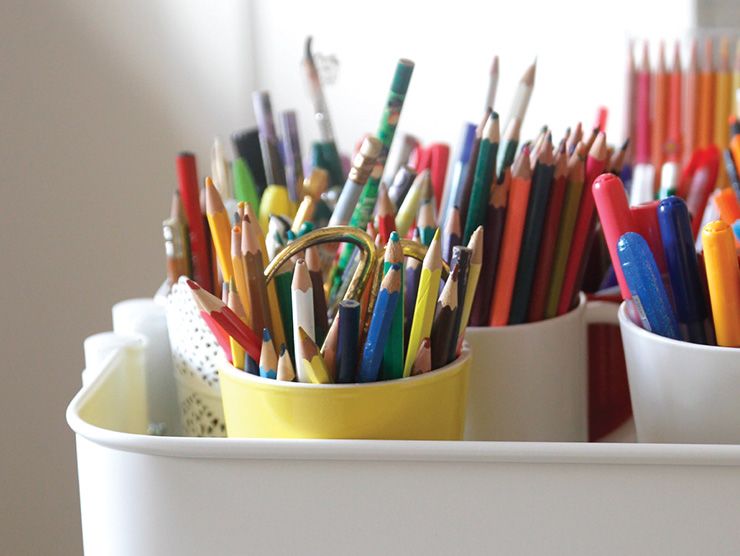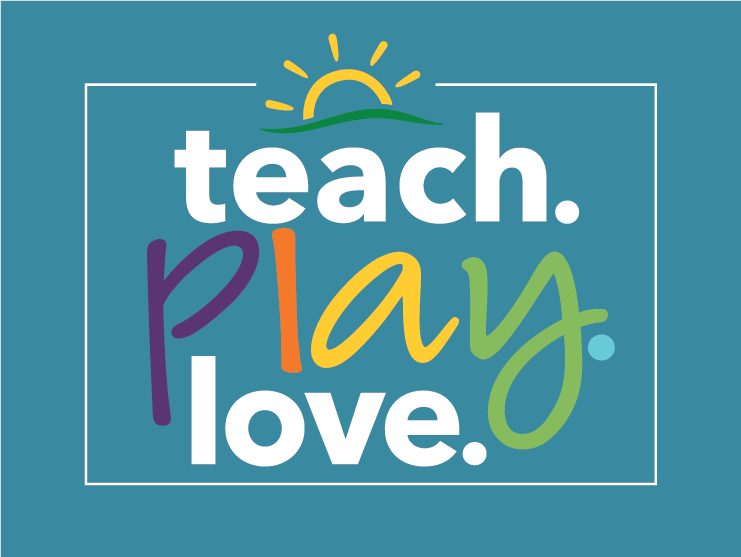Children are naturally drawn to art. For them, it is a form of expression as they explore materials and uncover possibilities. Children relish participating in process-oriented art.
What is Process Art?
Process art is open-ended, experiential, unstructured, self-motivated, creative, and unique. It focuses on the process, or the doing, rather than the outcome or final product. Hands-on engagement in this process is how children learn so much: problem-solving, experimentation, expression, innovation, scientific thinking, mathematical understanding, and language development. Children gain confidence and feel a sense of competency when they create something based on their own ideas and efforts.
Below are some tips for getting started with process art.
- Be proactive about setting up the space. Cover surfaces with newspaper or plastic tablecloths. Provide old shirts, aprons, or smocks to cover clothes. Have water, paper towels, soap, or rags at the ready. Discuss any guidelines to keep paint, glue, and markers away from furniture or walls. Ensure small items are not accessible to very young children and supervise as needed.
- Compile a selection of safe materials to offer. Keep in mind the age of your child when planning experiences and selecting supplies. Materials can include paper in a variety of colors, textures and sizes, pencils, markers, crayons, watercolors, multiple colors of tape, glue, recycled objects such as cardboard boxes or egg cartons, and collage materials. Loose parts also offer endless room for imagination, such as shells, pinecones, or fabric scraps. You do not need to offer all the options at once. It is better to rotate through materials so there is something new and of interest to offer opportunities to explore the experience multiple times.
- Try making a collage. Cut or rip construction or tissue paper in a variety of colors into small pieces. Provide your child with a small amount of glue in a disposable cup, a thin paintbrush, and paper. Model using the brush with a small dot of glue on the paper. You can vary what you offer. Think about three-dimensional materials, such as paper towel tubes or cardboard boxes, and other collage materials, such as leaves, flowers, sequins, small tiles, or pieces of fabric.
- Discuss your child’s creations and creative process. Engaging in a conversation about your child’s art helps them to become more cognizant of choices and actions, allows for verbal expression, and boosts vocabulary. You can prompt your child’s process by stating, “I wonder what would happen if we overlap the leaves...”
- Make clean-up easy. Organize the materials in neat and appealing containers to inspire children’s creativity. Use tackle boxes, small metal flowerpots, containers with lids, boxes, small baskets, small bowls, and muffin tins to sort items, make them easily accessible, and make clean-up easy.
- Discuss your child’s creations and creative process. Try saying, "Tell me more about this," rather than, "What a beautiful house you drew." Ask questions to encourage reflection on the process. "Why did you decide to use purple over here?" Or "How did you figure out how to attach those pieces to the paper?" You can also share observations on what you see. "I see that you used multiple strips of tape." Or "I noticed that you mix very thin lines, with large wide ones."
Remember, there is no right or wrong way when it comes to Process Art projects for kids.



